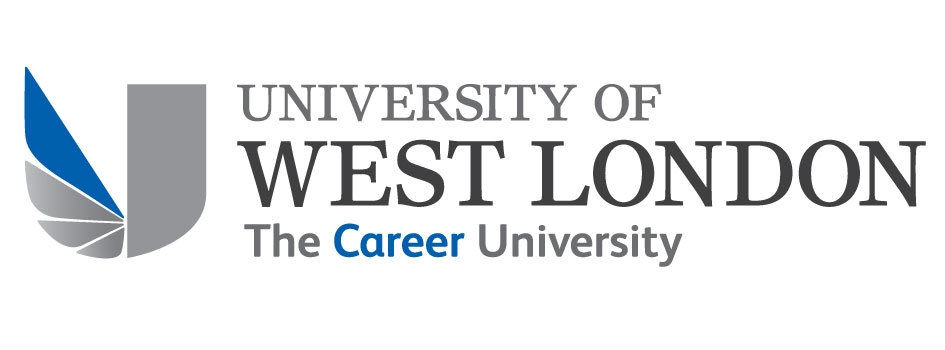Navigating the safety space of resource management for secondary sub-systems in high reliability organisations – an application to aviation ground operations
Nadine Muecklich
London Geller College of Hospitality and Tourism
Supervisor:
Professor Alexandros Paraskevas
London Geller College of Hospitality and Tourism
The study aims to explore human-error factors within the less-visible, secondary systems of High Reliability Organisations (HROs) and develop a risk and safety management framework that allows a sustained, essentially error-free performance. Research explores human error in this context on the applied example of airport ground operations.
The research objectives are: (1) To examine risk and safety models, methodologies, and systemic conditions in HROs and develop a conceptual framework for human error management in their secondary sub-systems. (2) To analyse the characteristics of secondary sub-systems in HROs to define the needs of the related human error management approach. (3) To investigate the role of HRO secondary sub-systems in accidents and incidents to identify gaps in human error management approaches in these sub-systems. (4) To develop an actionable human error management framework for secondary sub-systems in HROs, that will support their essentially error-free performance.
This study follows a mixed-methods approach. Different perspectives from qualitative and quantitative data sources are analysed and contextualised. research methodology employs a mixed-methods approach, integrating both qualitative and quantitative data. The first stage involved an archival analysis of aviation accidents and incidents to identify ground operations as causal or contributing factors. The second stage comprised a content analysis of standards and procedures in aviation ground operations. In the third stage, we conducted interviews with experts to qualitatively assess current practices in ground operations at airports. The fourth stage, currently in progress, is a survey with ground operations personnel at participating airports to gather data on their perceptions of error occurrences and operational experiences. The research shall contribute to the safe development of HROs by focusing on secondary sub-systems which receive less attention in research and within the ecosystem they are operating in. Disparities between primary and secondary sub-systems in the resource managements’ level of detail, adaptation and maturity of the concept are aimed to be reduced and eliminated where possible.

